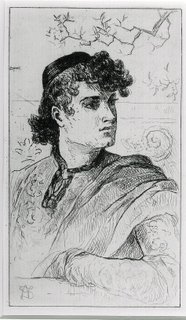 I hope everyone rang in the New Year exactly as they wished. I did, with a quiet night at home, which is my favorite way to celebrate this holiday. I watched The Producers on TV and The Sound of Music. Wild lady here!
I hope everyone rang in the New Year exactly as they wished. I did, with a quiet night at home, which is my favorite way to celebrate this holiday. I watched The Producers on TV and The Sound of Music. Wild lady here!
I’ve done a little thinking about New Year’s Resolutions and decided that I should have some. I ought to just cut and paste from last year. And the year before. And the year before that. There are a few that tend to repeat.
Diane’s New Year’s Resolutions
1. Lose weight and keep it off this time. I vow this every year and perhaps this year I will stick to it. I really want to.
2. Exercise regularly; that is, go back to Curves. I was doing so well at Curves and then I became swamped with deadlines, but I know that should not be an excuse.
3. Get organized and set a schedule for myself. I think I would not have to engage in writing marathons if I were more disciplined.
4. Read more. I really envied my fellow Riskies who shared their favorite books of 2006. I read mostly research books in 2006 and I need to get back to reading fiction, especially my friends’ romance novels, like Colleen Gleason’s The Rest Falls Away, in bookstores today!
5. Spend more time feeding my muse by going places and doing things. I live less than a half hour from the museums in Washington, DC. I should visit them more. I’ve never been to Lee’s Mansion, right in Arlington County where I worked for a brazillion years. Or to Thomas Jefferson’s Monticello, a nice drive away, in Charlottesville, VA, where I negotiated my first book sale at a convenience store pay phone, with the trucks whizzing by…. But that is another story!
I do believe in New Year’s resolutions! This is a time to be optimistic. The New Year brings us all a new beginning, a time to start all over again.
How about you? Did you make resolutions?
And don’t forget to come by for Colleen Gleason’s visit on Thursday. In the meantime, take a look at her Trailer for The Rest Falls Away.
Cheers!
Diane

















